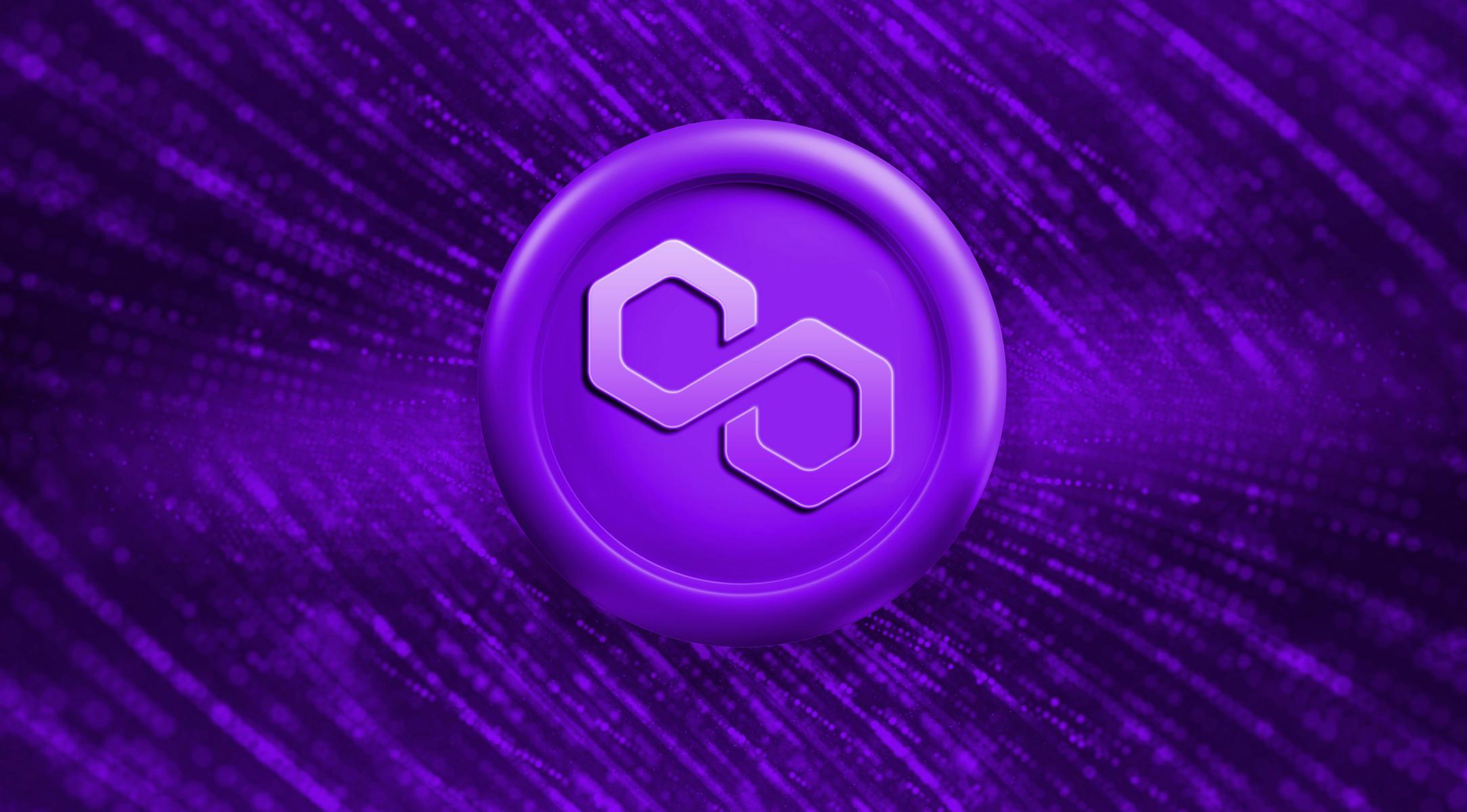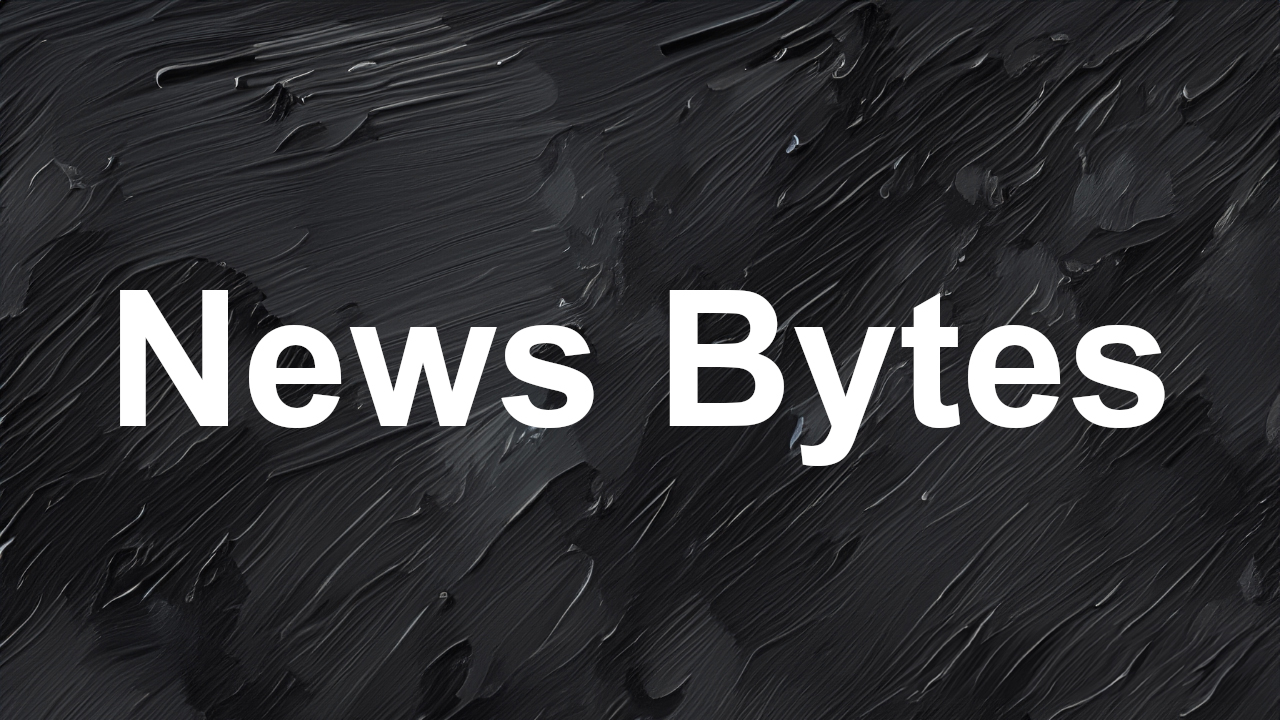Polygon has unveiled an aggregation layer (AggLayer) meant to unify the Web3 ecosystem to offset the existing challenge of scaling limitations.
This is reported to be launched next month. While this is the first version, the AggLayer V2 could support asynchronous cross-chain transactions and is expected this year.
A developer of blockchain projects Polygon Labs has unveiled an aggregation layer to unify the whole of Web3. According to the report, the decision stems from the current challenges of blockchains that pose scaling limitations to users on top of the existing bad UX caused by fragmented liquidity and state. The introduction of different chains is also said to have compounded the problem as the environment largely portrays the “pre-internet era with lack of interoperability.”
The Polygon’s aggregation layer (AggLayer) is designed to unite the divided blockchain landscape into a world of secured L1 and L2 chains to exist like a single chain. The official blog post explains that AggLayer does two things – aggregating ZK Proofs from all connected chains and ensuring the safety of near-instant [atomic]cross-chain transactions. According to the report, the first version of the aggregation layer will be launched in February 2024. The AggLayer V2 is reported to support asynchronous cross-chain transactions and will be launched this year.
Aggregation Marks the Third Era of Blockchain Infrastructure
It is important to note that the history of blockchain architecture emanated from the Monoliths to the Modular to the Aggregated. Modular was introduced after security became an issue coupled with more centralization after increasing scalability increased the hardware requirements for validators. The Modularity ensured that chains run independently and in parallel while each maintains sovereignty. However, this alone is said to have its issues.
Modularity results in many chains running independently and in parallel, each maintaining sovereignty. It allows for much higher scalability and multiplicity of chain design—from VMs to decentralization to privacy profiles. But modularity alone, as an evolution from monolithic chains, leads to fragmentation across liquidity and users; it creates multi-chain ecosystems that either require awkward and inefficient bridging or sacrifice chain sovereignty.
For the Polygon’s AggLayer, there is the maintenance of full sovereignty. On top of it, it accesses a huge pool of unified liquidity, ensuring bootstrap liquidity. These are reportedly merits that could be fit for L1 and L2-connected AggLayer. For developers, it ensures that users are reached in aggregate. One interesting advantage is that users can interact with dApps that are on other chains. End users would also benefit from a UX “that is like the internet.”
Use Case of the Polygon AggLayer
Polygon has over the years created several real-world solutions with the introduction of several features and projects. The AggLayer is expected to unlock other use cases as users would not have to bridge funds to Polygon zkEVM to buy NFTs when holding DAI. The Polygon report explains that the end user would feel like using a single chain.
A scenario of a user sending an asset to participate in an activity on another chain was created.
With the AggLayer, users can also send assets to participate in an activity on another chain. Let’s say Alice is on a gaming chain built with Polygon CDK and connected to the AggLayer. Alice’s wallet on the gaming chain also has ETH and DAI, which Alice wants to put into a DEX on X1. Alice can create a transaction that bridges DAI and ETH and does the function call to LP those tokens—with all the fees paid—from the gaming chain.
As of press time, Polygon (MATIC) was trading at $0.732317 after recording a 24-hour surge of 0.5%. The asset has, however, declined by 10% in the last seven days with a market cap of $7,023,854,141.
Crypto News Flash does not endorse and is not responsible for or liable for any content, accuracy, quality, advertising, products, or other materials on this page. Readers should do their own research before taking any actions related to cryptocurrencies. Crypto News Flash is not responsible, directly or indirectly, for any damage or loss caused or alleged to be caused by or in connection with the use of or reliance on any content, goods, or services mentioned.





